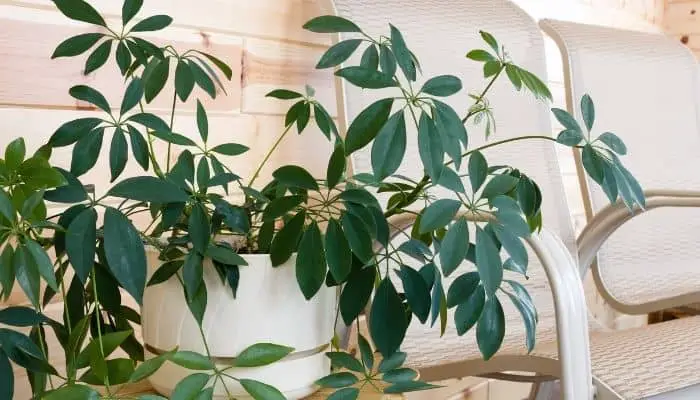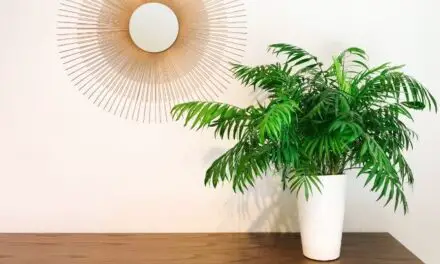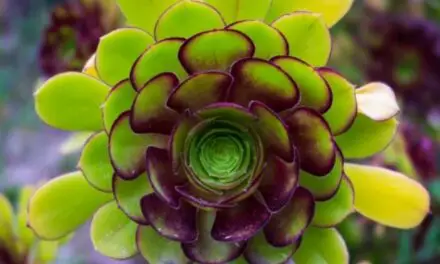If you’re wondering how to speed up your plant’s growth and help boost its strength and resilience, you might be wondering whether more leaves could do the trick.
This is a reasonable assumption because we all know that leaves are predominantly responsible for allowing a plant to photosynthesize and make energy – so with more leaves, can plants grow more quickly?
Table of Contents
Do Plants Grow Faster With More Leaves?

More leaves will help a plant to grow faster providing there is enough light and water available for it to produce enough food to sustain overall growth.
it’s like a perfect balance.
if you provide perfect growing conditions for your plant to produce lots of food, it will grow new leaves, thicker stems, and larger roots all at a rate that it can sustain.
The thicker stems and larger roots will help your plant to transport the additional water needed to sustain the leaves.
It is not a simple case of the more leaves the faster the growth; a plant needs to balance its foliage with what its roots and vascular system can sustain.
More leaves tend to mean that a plant is healthy and has plenty of nutrients, which will result in faster growth.
Certainly, with no leaves, a plant can’t grow fast.
However, plenty of foliage isn’t all that a plant needs to grow quickly.
How Do Leaves Help Plants To Grow?
Leaves allow plants to photosynthesize and gather energy from the sun, and without leaves, most plants can’t grow much (although some can grow enough to put out new leaf shoots if they have lost all their leaves).
Leaves are designed to capture sunlight.
They use the energy from the sun to convert carbon dioxide and water into glucose, which then provides the plant with food.
Without leaves, plants cannot feed themselves.
They take nutrients from the soil, but this is not enough to sustain growth.
A plant with lots of leaves can more quickly convert CO2 and water into glucose, giving itself more energy to create more leaves and grow more quickly.
Certainly, leaves are a key aspect of a plant’s growth, but it isn’t as simple as lots of leaves equal lots of growth.
Related Article: Can A Plant Live Without Leaves? (All You Need To Know)
How Do Plants Sustain Leaves?
Remember that a plant needs to sustain its leaves with water and nutrients from its roots.
They have an ongoing cost to the plant, which is why stressed plants shed their leaves so that they can spare resources and focus on surviving.
If your plant is making lots of leaves, it is probably a good sign that it has plenty of energy and water available, and it is keen to grow.
These leaves will help it to produce more food and therefore more growth – but there’s more to it than that.
The plant’s roots must be able to collect enough water and nutrients to sustain these leaves and keep them healthy.
If the plant starts to run out of either of these things, the leaves alone will not be enough to promote fast growth, and they might even hinder it.
Essentially, a plant knows if it needs more leaves to grow, and it can only handle so much foliage.
A whole lot of new leaves may not be as beneficial as they seem, especially if conditions become less favorable, and the plant might choose to put its energy into flowers and fruits instead of leaves sometimes.
How Do I Encourage My Plant To Grow More Leaves?
The best thing you can do to encourage your plant to grow more leaves is to provide the optimum growing conditions for it.
In ideal growing conditions, your plant will photosynthesize as much as it can.
The more your plant can photosynthesize and produce food for energy, the bigger, thicker and lusher it will grow.
Your plant needs light, water, and Co2 to produce its food (sugar) – and all at the right levels.
But these levels will depend heavily on the kind of plant you have, so you need to do careful research to discover how it likes to be cared for.
Fertilize During The Growing Season
Fertilizer gives your plant the nutrients to produce new leaves, which it can then use to photosynthesize.
However, too much fertilizer can burn your plant’s roots, and this will considerably slow its growth.
Balance is important, so don’t over-fertilize; this is usually worse than under-fertilizing.
Water Properly
Equally, too much water and too much light can be harmful to leaf production.
Understanding what your plant needs and keeping its environment balanced is key to supporting its growth.
If your plant is a shade lover, you won’t do it any good by placing it on a south-facing windowsill.
If it’s a drought-lover, a daily flood won’t help it out.
If you’re unsure about your plant’s needs for water, you could try using a self-watering pot so that your plant has access to water and can take the amount it needs.
Learning what your plant needs and providing it in the right quantities is as important as leaf growth for helping your plant to shoot up healthily.
Provide The Growing Conditions Your Plant Likes In Nature
Do a little research on where your plant grows natively.
Does it come from a tropical region and like humidity?
Does it grow in the dappled shade beneath the canopies of rainforests?
If so, your plant will not like strong direct sunlight.
You can learn everything you need to know to keep your plant happy by understanding its native environment.
If you can’t meet your plant’s requirements, it won’t grow fast, even if it has dozens of leaves.
Final Thoughts
So, plant growth can be accelerated when a plant has lots of leaves to produce sugars that will help it grow.
However, a plant also needs a balance of nutrients, water, and light in order to sustain its growth and stay healthy.
Leaves alone are not enough.




